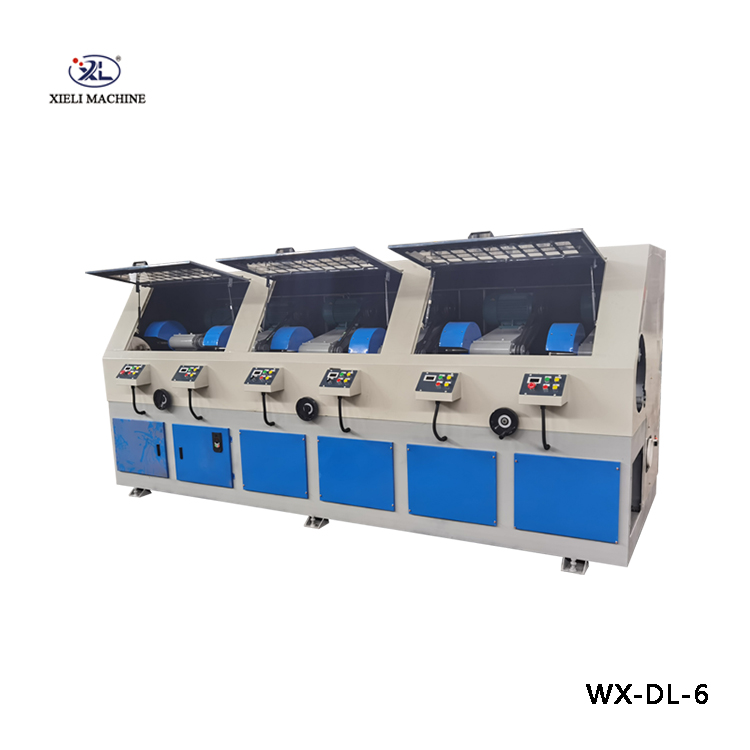Understanding Ovality in Centerless Grinding Importance and Solutions from Suppliers
Centerless grinding is a widely used manufacturing process that allows for the precise grinding of cylindrical surfaces. This method is integral in producing high-quality parts with exceptional dimensional accuracy. However, one common issue that can arise during the centerless grinding process is ovality. Ovality refers to the deviation of the workpiece from a perfect circular shape, which can lead to subpar performance and quality in finished products. Understanding the causes of ovality, its impact, and how suppliers can assist in mitigating this issue is essential for manufacturers looking to maintain high standards in their production processes.
What is Ovality?
Ovality typically occurs when the workpiece is not perfectly centered during the grinding process. This misalignment can lead to an uneven removal of material around the circumference of the part, resulting in an oval rather than a circular cross-section. Several factors can contribute to this phenomenon, including irregular workpiece geometry, inadequate machine setup, improper wheel alignment, or the use of worn-out grinding wheels. Given the strict tolerances required in industries such as aerospace, automotive, and medical, the presence of ovality can have significant ramifications on a product’s functionality, performance, and overall integrity.
Causes of Ovality
1. Workpiece Setup One of the most critical elements in centerless grinding is the proper positioning of the workpiece between the grinding wheel and the regulating wheel. If the part is not correctly centered, ovality can occur. This setup requires precise adjustments, as any deviation can lead to misalignment and uneven grinding.
2. Wheel Condition The condition of the grinding wheel is vital in achieving a uniform surface finish. Worn or improperly dressed wheels can lead to irregular material removal, contributing to ovality. Regular inspection and maintenance of grinding wheels are crucial to ensure consistent performance.
3. Machine Parameters Variables such as grinding speed, feed rate, and the angle of the regulating wheel can all influence the grinding process's outcome. Incorrect settings can lead to uneven forces applied to the workpiece, exacerbating ovality issues.
4. Material Properties The inherent characteristics of the material being ground can also affect ovality. Materials that are difficult to cut or have variable hardness can lead to uneven grinding and resultant shape deviations.
ovality in centerless grinder supplier

The Role of Suppliers
Manufacturers constantly seek ways to minimize the occurrence of ovality. This is where the role of centerless grinder suppliers becomes essential. Suppliers are equipped with the expertise, tools, and technology necessary to help manufacturers improve their grinding processes and achieve more reliable results.
1. Equipment and Technology Suppliers offer advanced grinding machines designed with features that minimize ovality risks. These machines may include enhanced feedback systems, precise adjustment mechanisms, and advanced grinding wheel technology that ensures even material removal.
2. Consultation and Training Many suppliers provide consultation services, helping manufacturers understand the underlying causes of ovality in their specific operations. Additionally, they often conduct training sessions for machine operators, emphasizing best practices in setup, monitoring, and maintenance.
3. Custom Solutions Suppliers can create tailored solutions to meet unique manufacturing needs. Whether through custom-designed grinding wheels or modified machine configurations, suppliers enable manufacturers to address ovality issues actively.
4. Maintenance Services Ongoing maintenance is critical to preventing ovality. Suppliers frequently offer maintenance contracts to ensure that grinding equipment remains in optimal condition, reducing the likelihood of shape deviations.
Conclusion
Ovality in centerless grinding poses significant challenges for manufacturers aiming for precision-engineered parts. By understanding its causes and engaging with competent suppliers, manufacturers can implement effective strategies to mitigate this issue. Selecting the right equipment, maintaining proper machine settings, and leveraging the expertise available from grinding machine suppliers will lead to improved product quality and operational efficiency. In the ever-competitive manufacturing landscape, minimizing ovality is not merely a technical concern; it is a pathway to achieving excellence.









